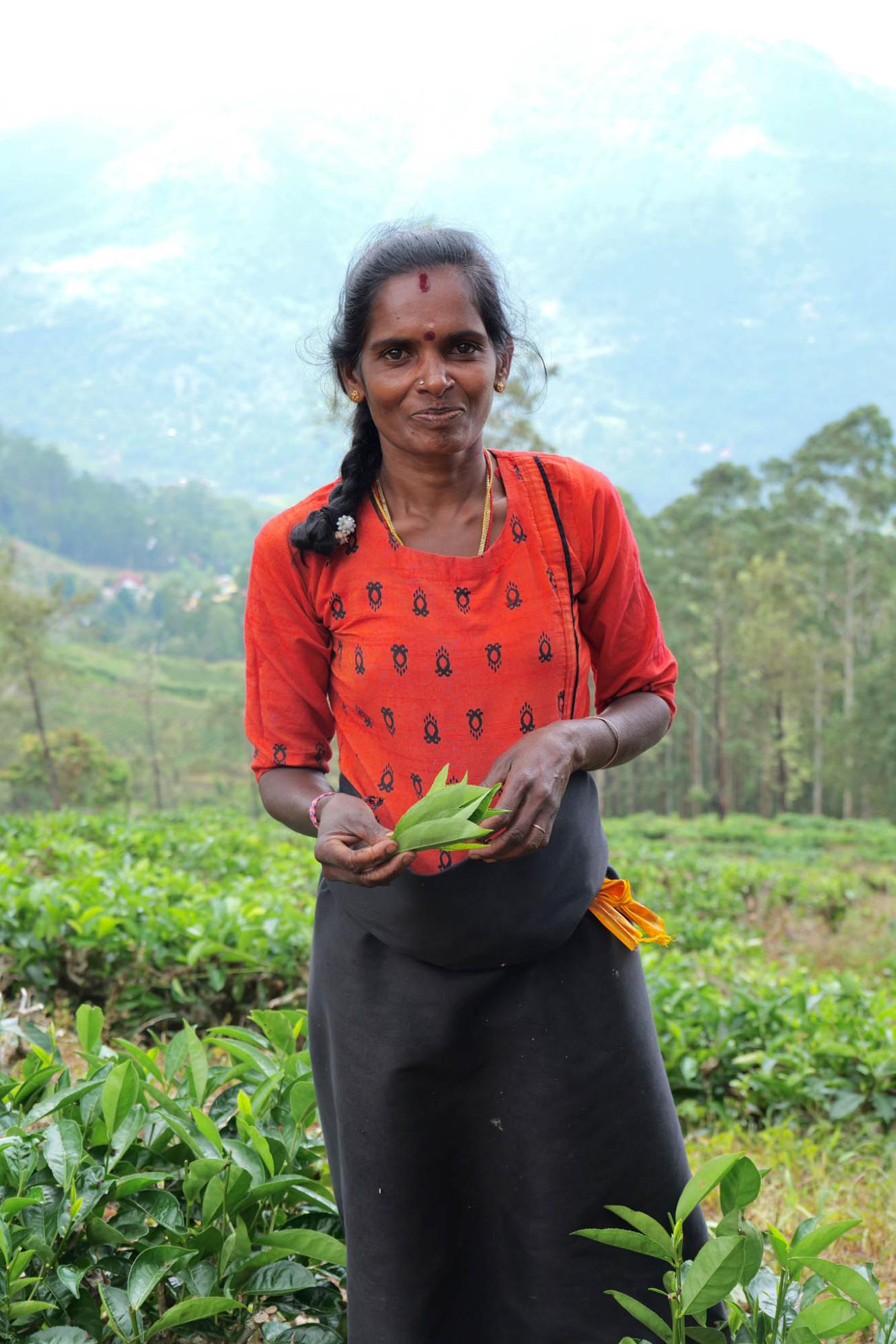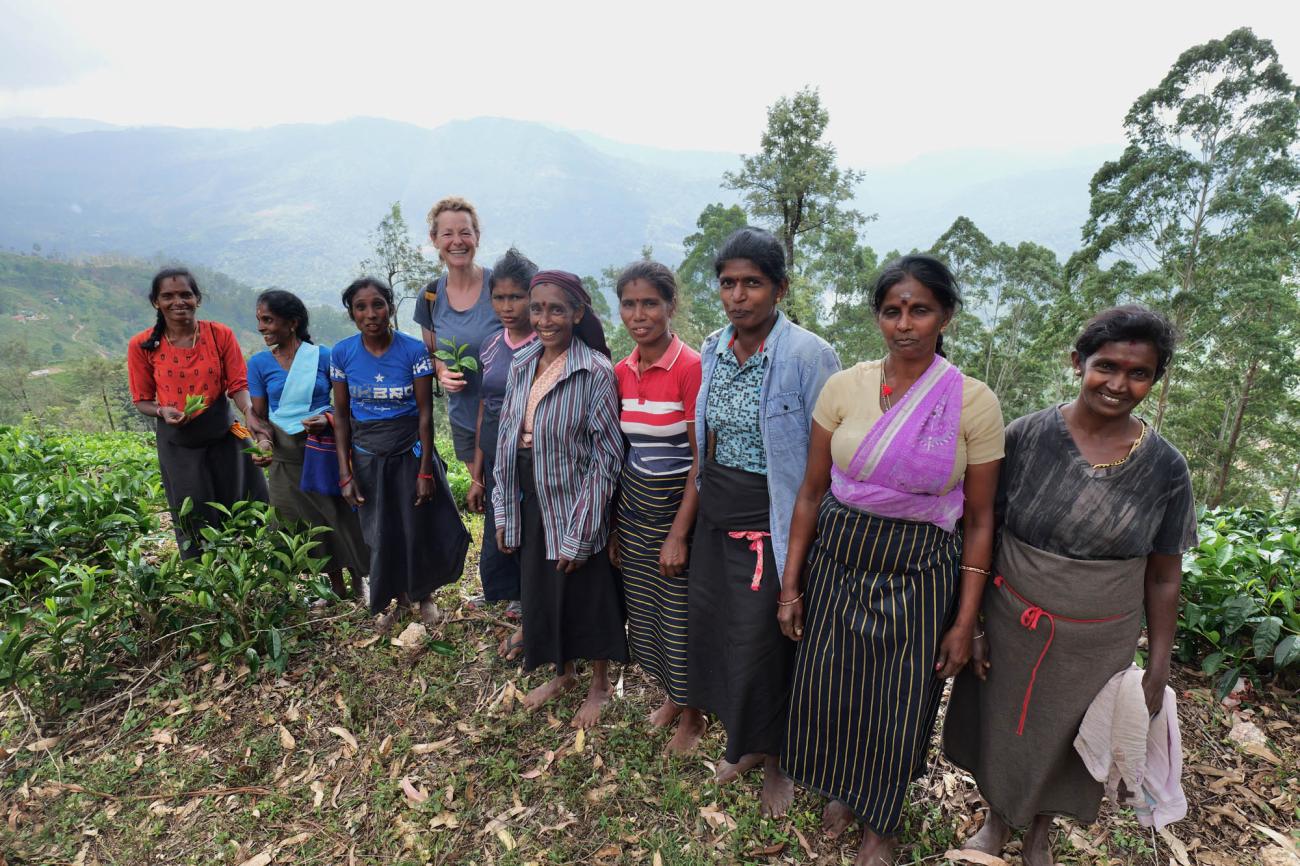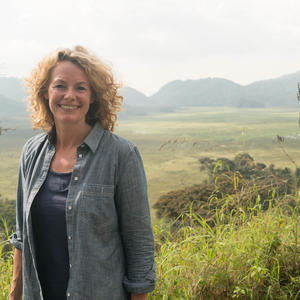Kate in Sri Lanka: Walking the Pekoe Trail
It is almost two decades since I first visited Sri Lanka. That first trip had been a short one – just four or five days – and I was there filming a documentary, so I saw little of the island beyond what we were there to capture on film. But even that brief visit left lasting impressions of a verdant landscape of lush greens and intense colour; of gentle, thoughtful hospitality; of simple shacks with sun-bleached paint serving delicious food; of the smells of spices, of sun on sand, of frangipane blossom.
Returning, I was surprised that those hazy, happy impressions were not figments of an imagination skewed by the passing years, but still very much in evidence. Our first plate of rice and curry was as fresh and flavourful as I remembered, the bananas as sweet, the frangipane as fragrant, the smiles of welcome as warm. The landscape, particularly in contrast to the wintery browns and sludgy greens we’d left behind, was as bright and lush and enticing as it was in my mind.
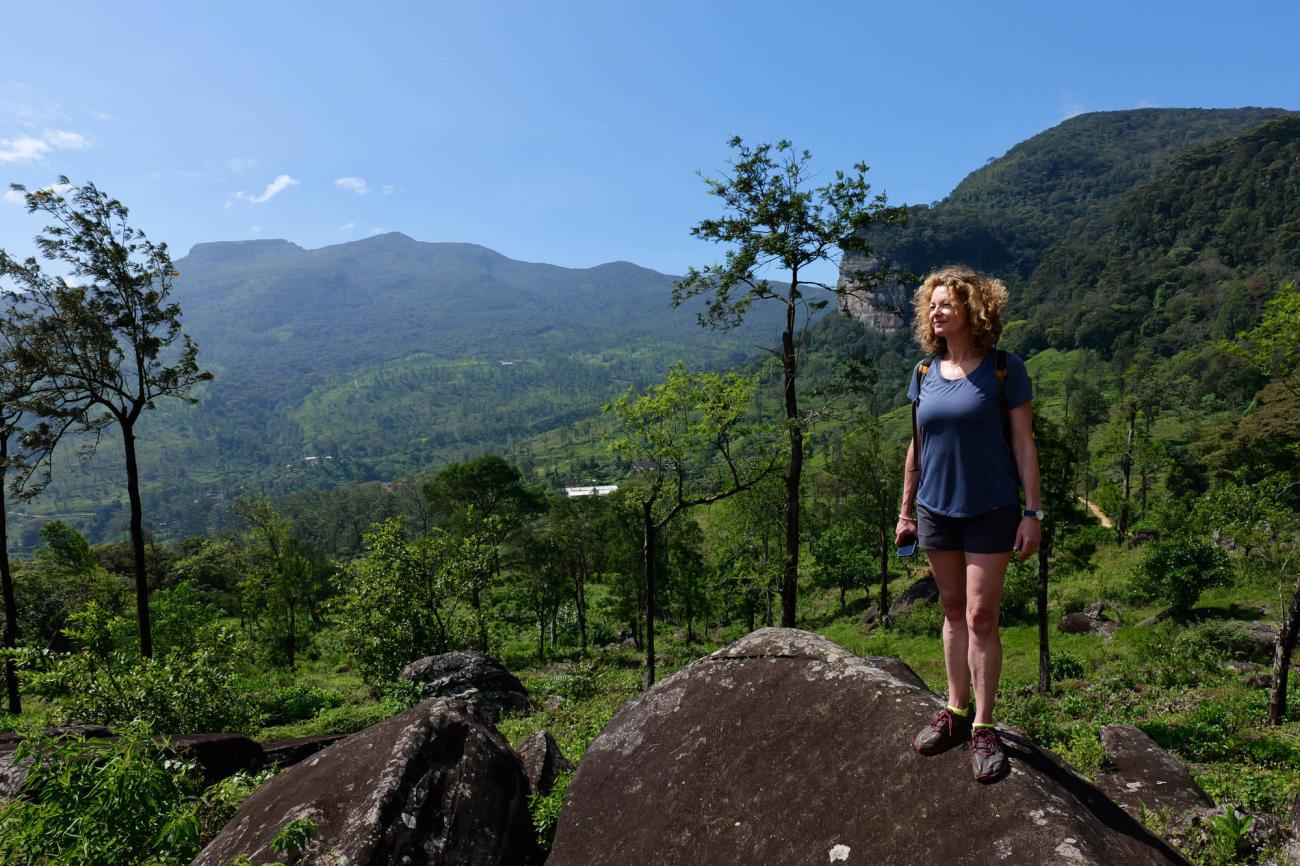
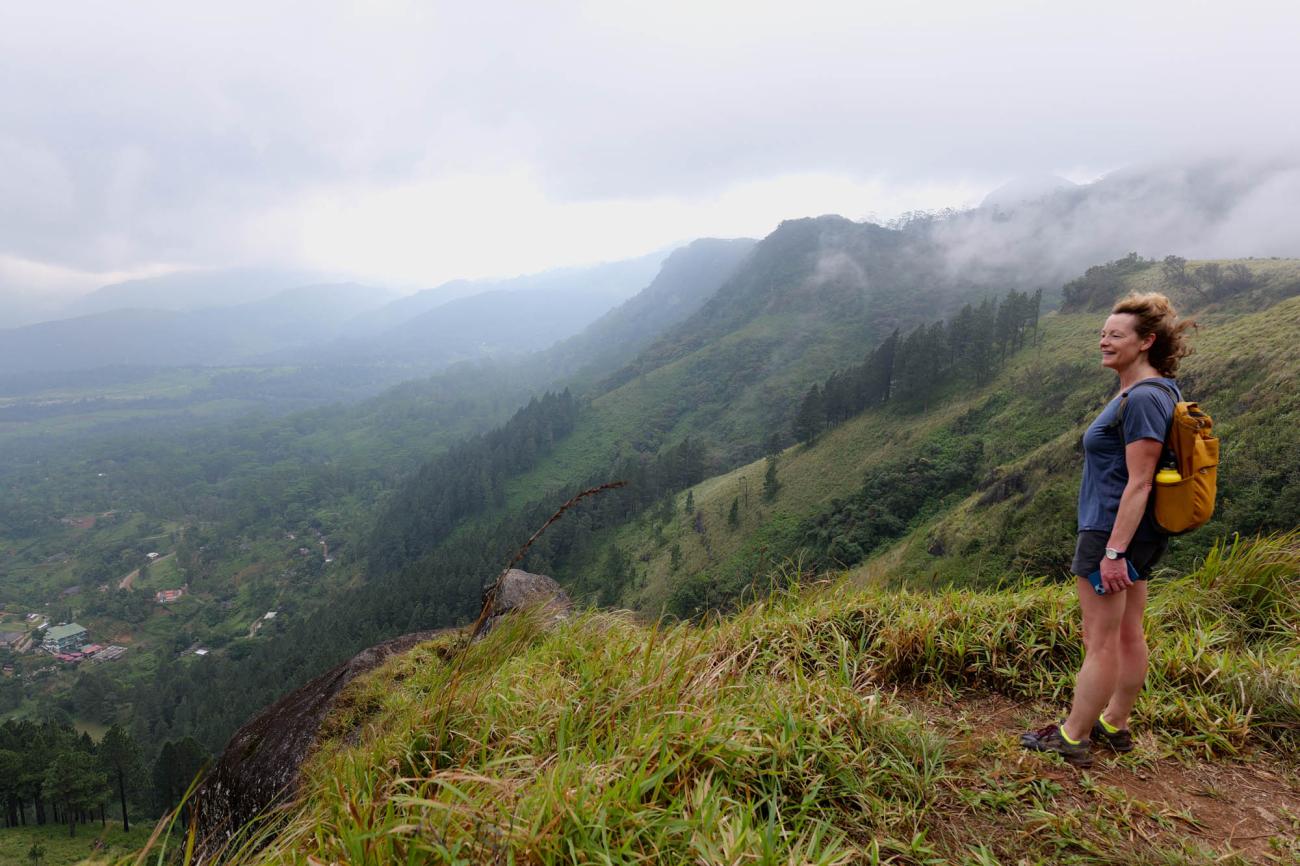
And the luxury I had on this trip was time. Time that was unrestricted by a work agenda and would allow me to get to know the island better. It may be a small island – about the same size as England - but its attractions are many and diverse. It has national parks that offer visitors the chance of spotting exotic, endemic birds, huge herds of elephant, enigmatic sloth bear and - top of everyone’s wish list - leopards. It has ancient monuments: remarkably preserved kingdoms, temples and religious sites, many recognised by UNESCO as being of global importance. It has seas to swim in and dive in and surf and snorkel, and where the lucky can spot blue whales and sperm whales. It has Ayurvedic and yoga retreats, peaks to climb, waterfalls to marvel at. One of the most beautiful train rides in the world…
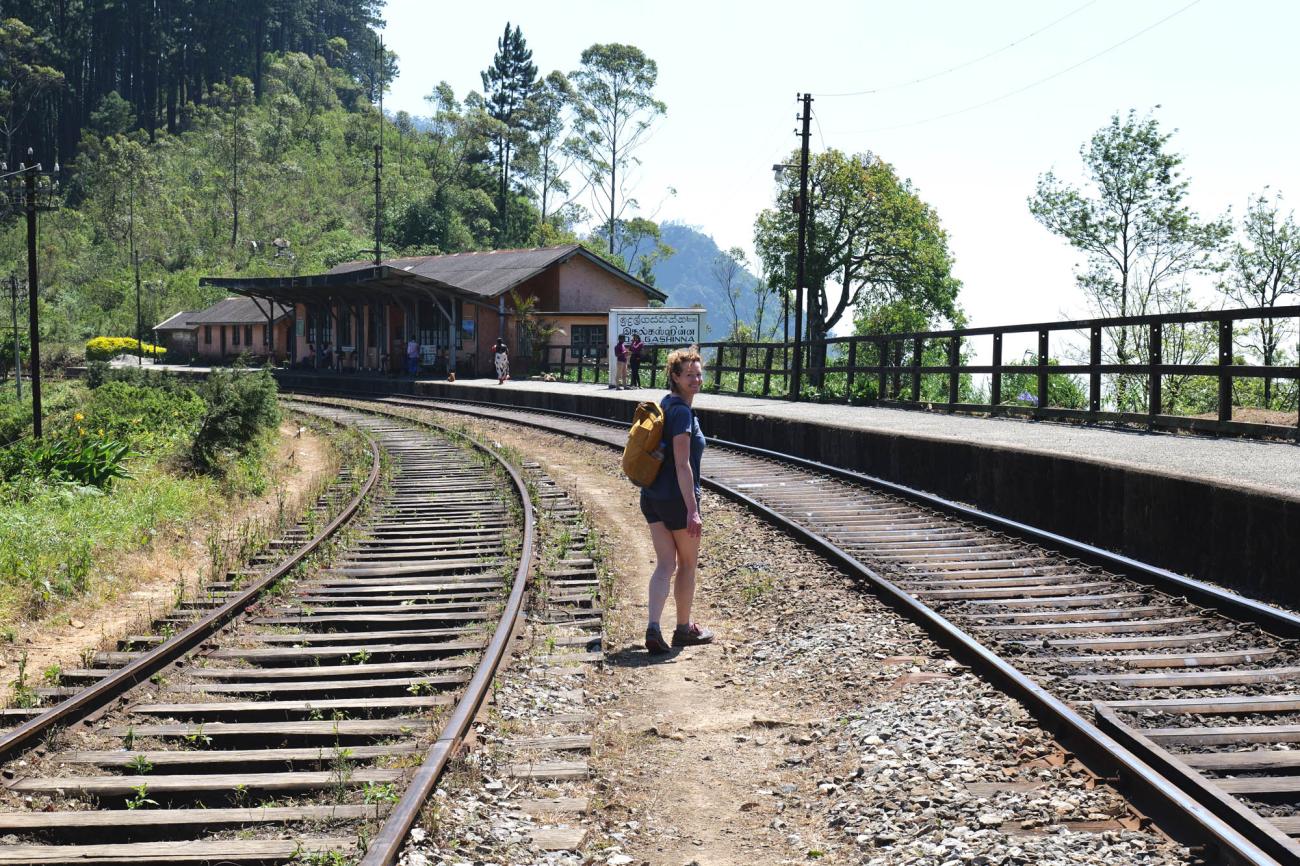
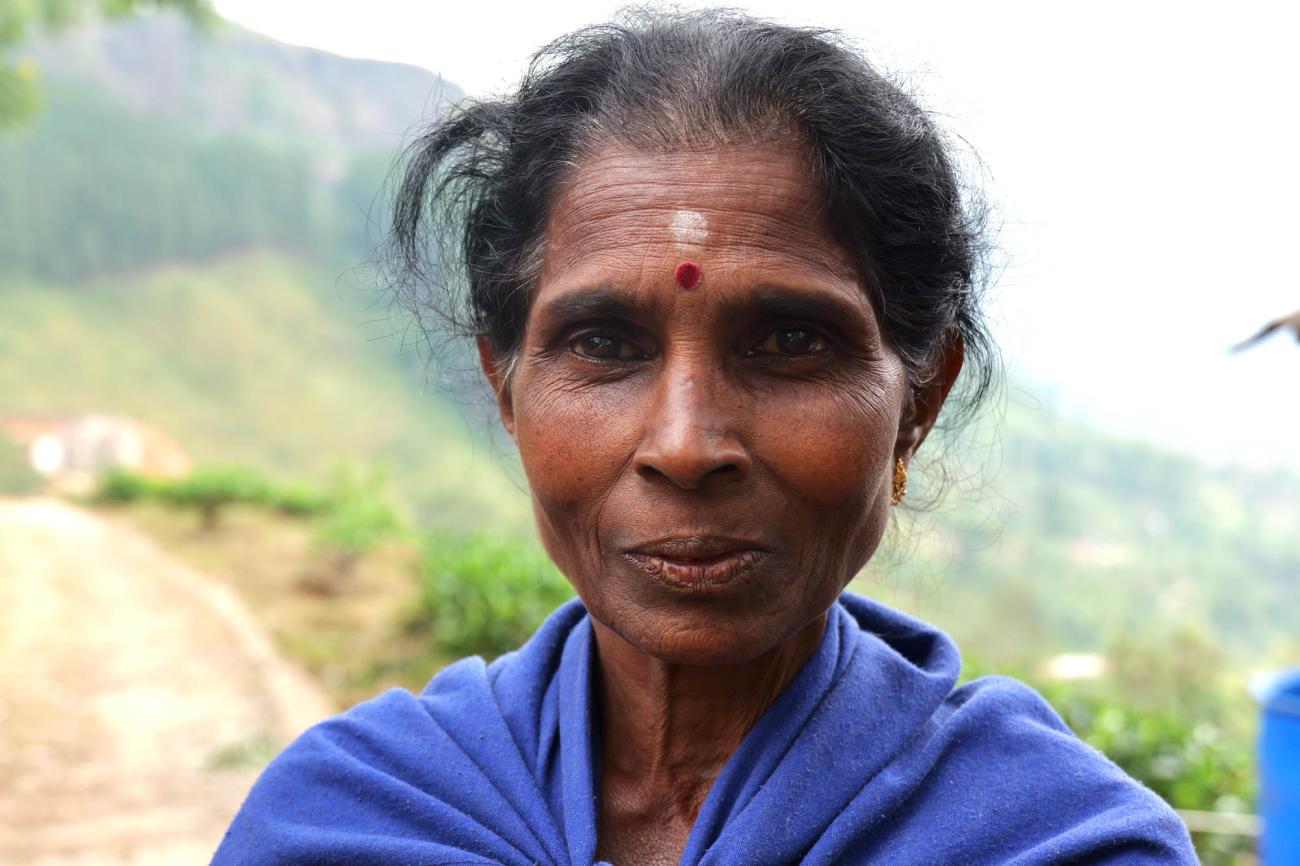
But its recent history is troubled. In the years since I last visited this beautiful island has been witness to some ugly events: civil war, deadly terrorist attacks, high-level corruption and economic mismanagement that brought the country to its knees, and from which it is still struggling to recover. And all that is since the devastating tsunami of 2004. But the draw of its many attractions still attracted tourists and the welcome income and development they generate. Roads improved, cutting journey times by half in some cases. Tourism created jobs and opportunities. Homestays and eateries, guided tours, and bike and tuk-tuk rentals gave enterprising individuals and families chances they had never had. In 2018 the number of people visiting Sri Lanka and the percentage of GDP they generated reached an all-time high. But the Easter Day bombings of 2019 that killed over 200 people, swiftly followed by the pandemic, saw numbers and revenue crash. Sri Lanka faced the twin challenges of an image crisis and financial deprivation. The UK’s foreign office advised people not to travel there.
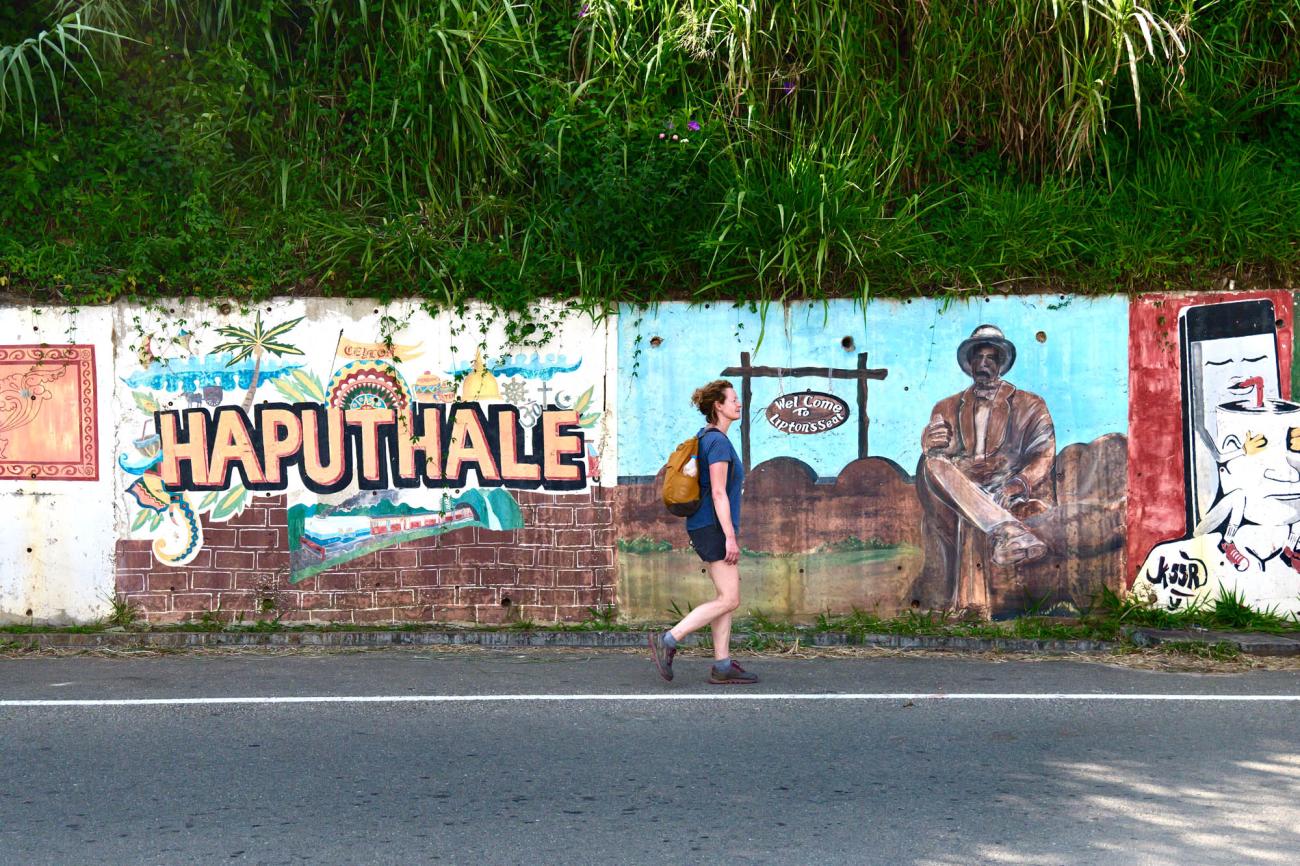
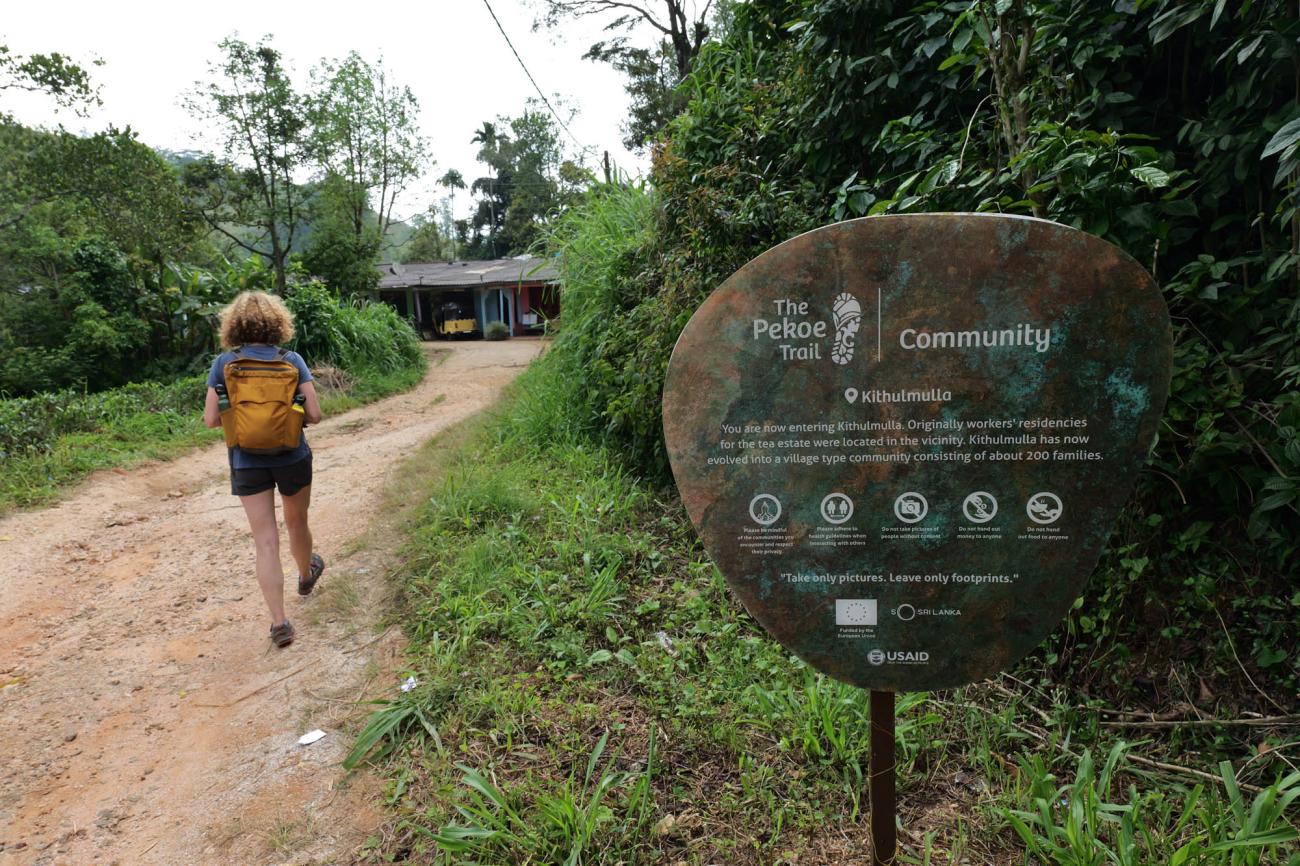
The train we took down the southwest coast from Colombo, first to Bentota and then on to Galle seemed to indicate an upturn in Sri Lanka’s fortunes. We joined a throng of tourists of many different nationalities, all trying to work out what seats they had reserved in which carriage. The historical buildings of Galle fort have been beautifully restored, and the streets were full of wandering holidaymakers with ice-creams. Cafes and restaurants were buzzing, the sunset was admired by a crowd that might have filled the stadium of Galle’s famously picturesque cricket pitch. Similarly, the beaches to the north and south, with their bars and coconut sellers, were thronging with swimmers and sun-worshippers. Safari vehicles jostled for pole position, packed with visitors delighted to get a glimpse of one of Yala’s obliging leopards, and so numerous were the people climbing the remarkable rock of Sigiriya, they resembled a huge colony of ants on the march.
But as Miguel Cuñat knows, these tourism hotspots are misleading. Vast swathes of the island see little if any, benefit from the now gradually increasing numbers of people choosing Sri Lanka for their holiday. Miguel has lived in Sri Lanka for over twenty years and made a living from organising high-end trips for groups and individuals. In his downtime, he would go hiking, finding routes and respite amongst the forests and tea estates of the island’s more temperate highlands. Miguel loves walking - he has walked much of the Camino de Santiago in his native Spain – and it was the Camino that inspired him. He had seen how that pilgrim route had brought opportunity and financial stability to the communities that lived along it. Could he somehow replicate that here in his adopted home? Could he create a new, low-impact, sustainable attraction to encourage visitors away from the hotspots and benefit other communities?
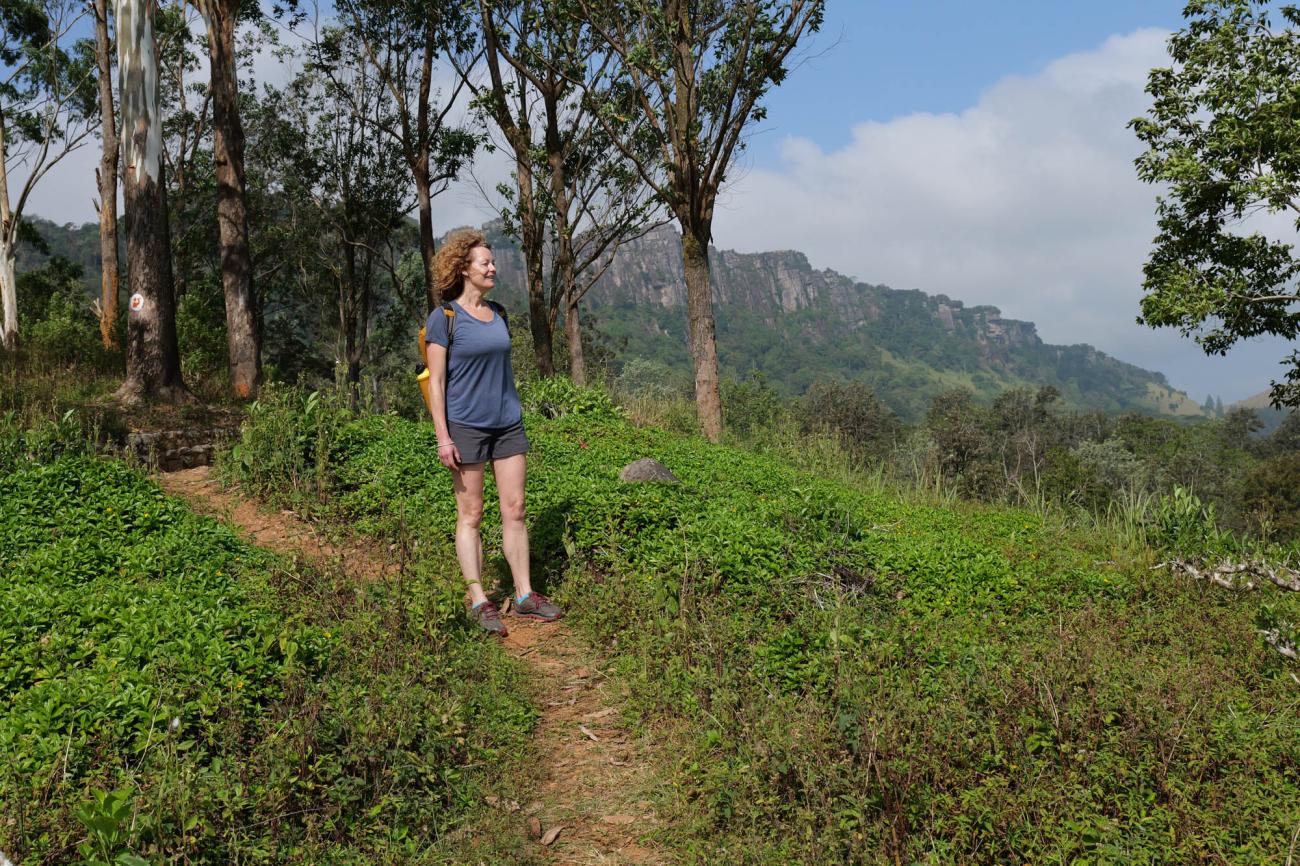
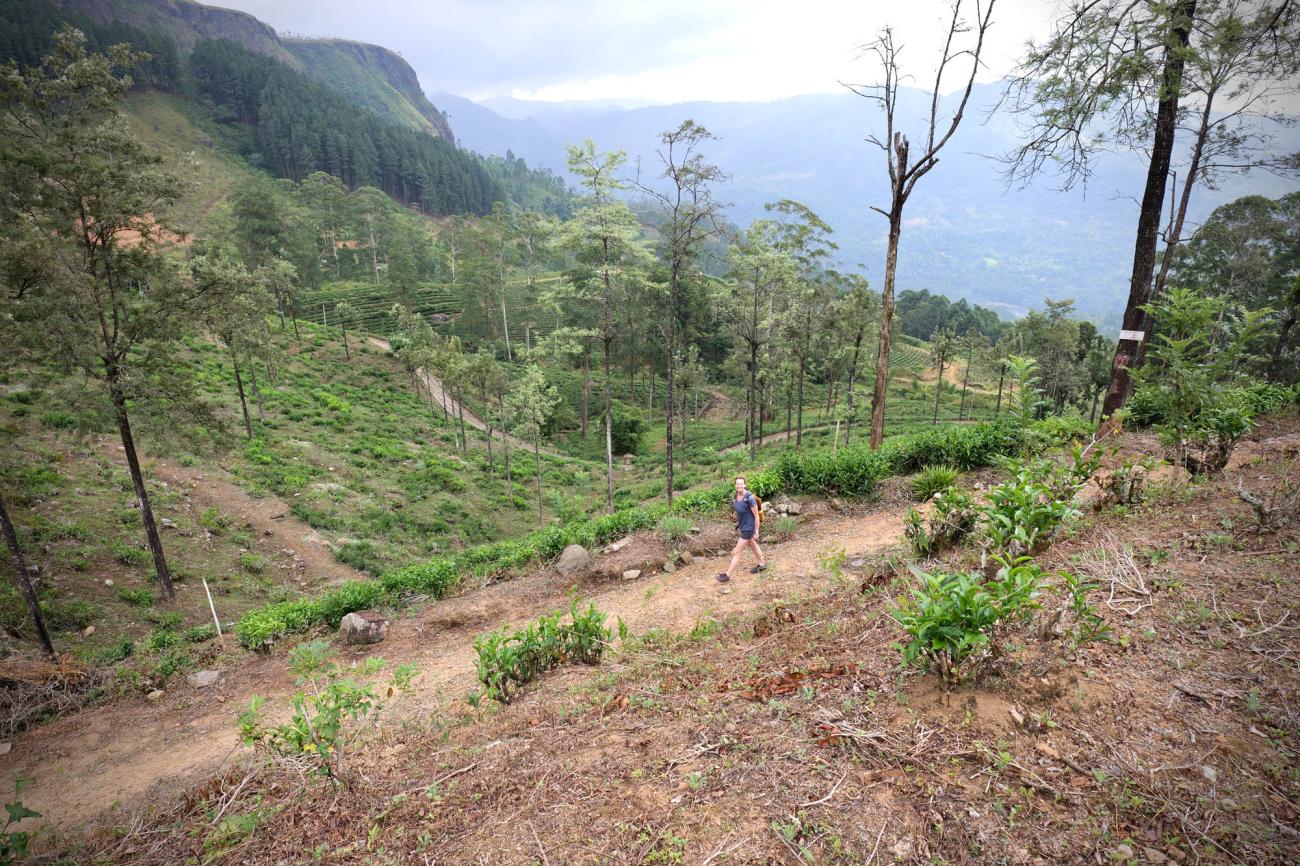
Twelve years on, with the help of funding from the EU and USAID, the Pekoe Trail snakes 300 km across the highlands, running from just south of Kandy and finishing in Nuwara Eliya. It has been a true labour of love for Miguel, a passion project that has, by his own admission, taken over his life. The routing has been carefully planned, joining tea estates with their ready-made tracks and paths, with small towns and villages, forest trails and railway lines, which anyone who has ever visited Sri Lanka knows, are used as much by pedestrians as they are by trains. The 300km length is broken up into 22 stages, each one between 10 and 20 km long. ‘I wanted to make each stage short enough to do in the morning, in the cooler part of the day, but of course, people can do more than one stage in a day, if they like.’ As yet, only a few of the stages are way-marked – an ongoing project – but early beneficiaries of the trail are the locals who have been trained as guides.
My worry that the trail might be a bit ‘samey’ was unfounded. We walked stages 12-17 and 1-3 and those days were, for me, the highlight of our trip. The route took us through forests and meadows, through plantations of eucalyptus and pine, around paddy fields, over ridges, past shrines and temples. We gazed out over magnificent views of distant, misted ridges, rivers, reservoirs and the pillowy green folds of the tea plantations. We saw macaques, barking deer, soaring black eagles and Brahminy Kites, brilliant blue kingfishers, lilac rollers, and red woodpeckers. We laughed with the tea pickers, shook hands with village elders, and traded names with schoolchildren. We bought bananas and coconuts from small roadside stalls, ate egg roti with fiery chilli sauce, drank cup after cup of sweet black tea. We saw almost no other tourists on the trail. We were off the beaten track and yet we’d found the beating heart of Sri Lanka.
